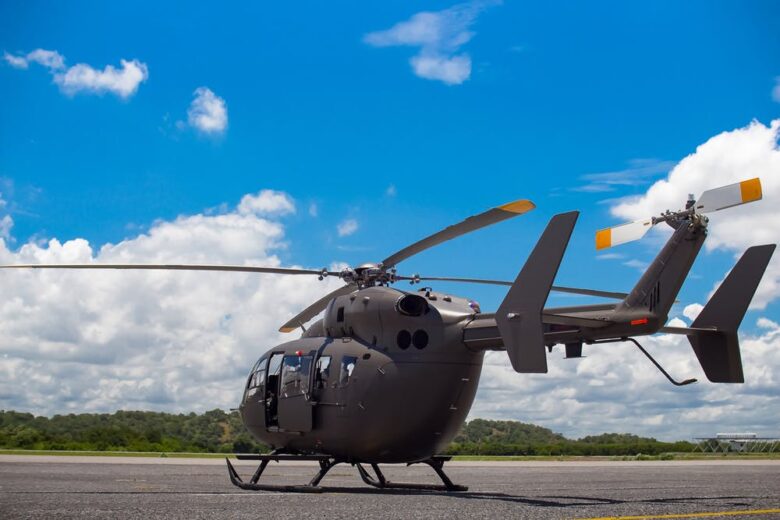Venturing into the realm of aviation evokes a sense of freedom, excitement, and an undeniable rush of adrenaline. It’s a world where the horizon is not a limit but an invitation to explore. Among the many pathways in this vast domain, becoming a helicopter pilot stands out as an exhilarating blend of technical skill, precision, and unparalleled perspective.
The Thrill of Helicopter Flight
Helicopter aviation is unique in the industry due to the aircraft’s ability to hover, take off, and land vertically. This capability opens up a range of possibilities, from life-saving medical evacuations to precision construction tasks. For those drawn to this field, the journey begins with professional helicopter flight lessons, a process that is as demanding as it is rewarding.
Understanding the Dynamics of Flight
The initial phase of training delves into the physics of helicopter flight. Pilots must understand the intricate dance of lift, thrust, weight, and drag. Mastery of these concepts is not merely academic; it is crucial for manoeuvring the aircraft through the skies safely and efficiently.
Mastering the Controls
Aspiring pilots then progress to mastering the controls that command the helicopter’s movements. The cyclic, collective, pedals, and throttle each play a critical role in flight. The cyclic controls forward, backward, and lateral movement. The collective adjusts the pitch of the rotor blades to ascend or descend. The pedals control the yaw, and the throttle manages the engine power. Understanding and managing these controls in concert is the core of a pilot’s training.
Navigating the Skies
Navigation is another crucial skill set in a pilot’s arsenal. It’s not just about reaching a destination but doing so efficiently, safely, and in compliance with air traffic regulations. Modern helicopters are equipped with sophisticated navigation systems that pilots must be adept at using. This technology, combined with traditional navigation techniques, ensures that pilots can find their way, even in challenging conditions.
Safety First: Risk Management in Aviation
Safety is paramount in aviation, and helicopter flying brings its own set of risks and challenges. Pilots must be versed in emergency procedures, aircraft systems, and maintenance awareness. They must also develop a keen instinct for weather patterns, as flying conditions can change rapidly, posing significant risks.
The Human Factor in Aviation
Beyond the technical aspects, effective communication and decision-making are vital. Pilots must constantly communicate with air traffic control, passengers, and, in some cases, crew members. Their ability to make informed decisions quickly can be the difference between a routine flight and an emergency situation.
Broadening Horizons with Advanced Training
Once the fundamentals are mastered, pilots can pursue advanced training. This can include instrument flight rules (IFR) training, allowing pilots to fly in a broader range of weather conditions, or specialisation in areas such as search and rescue, firefighting, or aerial photography.
The Importance of Regular Practice
Like any skill, flying requires regular practice. This ensures that the pilot’s skills remain sharp and that they are prepared for any situation they might encounter. It’s not just about flying. It’s about honing the instincts and reflexes that define an experienced aviator.
Conclusion
Embarking on helicopter pilot training is the first step towards a career that is as challenging as it is fulfilling. It is a path that requires dedication, discipline, and a deep love for aviation. It can be worthwhile to review insights into the psychological hurdles of pilot training to understand how participants can mentally prepare for the course ahead.
For those who pursue it, the sky is not the limit but the beginning of a lifelong adventure filled with opportunities to grow, explore, and soar above the ordinary.
While the journey is indeed about mastering the machine, it is also about understanding the responsibility that comes with the pilot’s seat. It’s about becoming part of a community that respects the craft, cherishes freedom, and always puts safety first.



